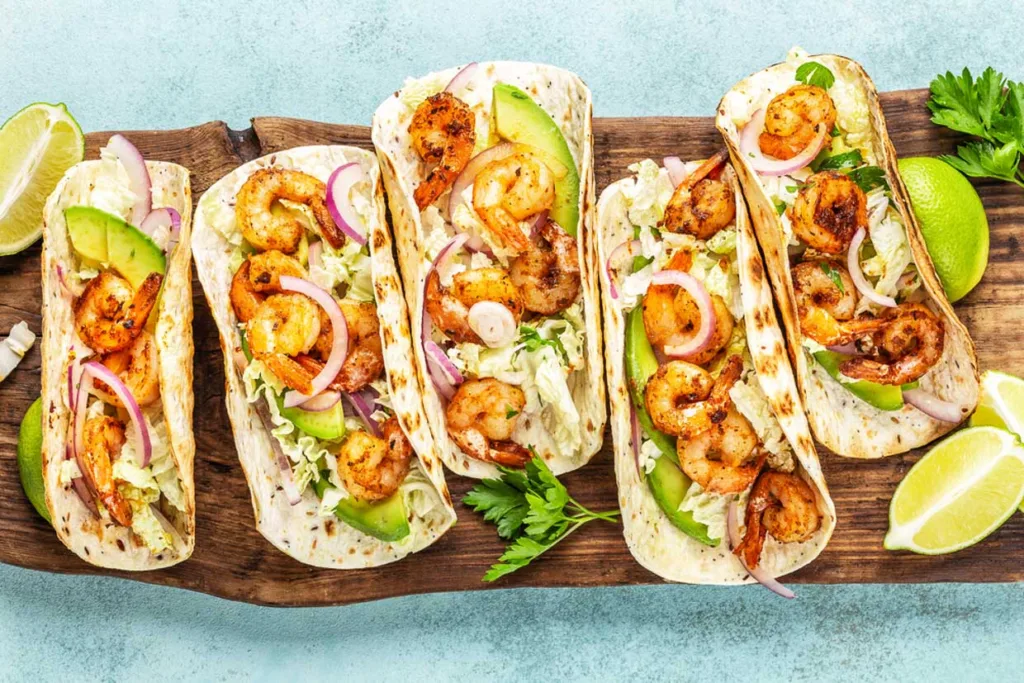
When it comes to meal planning, several factors must be considered. Whether you’re trying to eat healthier, accommodate dietary restrictions, or stick to a budget, meal planning can help you achieve your goals. By taking the time to plan your meals in advance, you can save time, money, and energy while ensuring that you’re eating nutritious and delicious meals. I’ve been meal planning for my family for a long time, and I’m passing all my tips and tricks on to you!
One important factor to consider when planning meals is your dietary needs and preferences. This includes any food allergies or intolerances, as well as any dietary restrictions or preferences, such as vegan or gluten-free diets. It’s also important to consider your nutritional needs and goals, such as getting enough protein, fiber, or vitamins. Do you have small kids? Teenagers? Think about who you are feeding.
Another factor to consider when planning meals is your schedule and lifestyle. If you have a busy schedule or limited time for cooking, you may want to focus on quick and easy meals that can be prepared in advance or cooked in a short amount of time. On the other hand, if you enjoy cooking and have more time to spend in the kitchen, you may want to experiment with new recipes and ingredients. By considering your schedule and lifestyle, you can create a meal plan that works for you and helps you achieve your goals.

Understanding Nutritional Needs
When planning meals, it is important to consider nutritional needs. Nutrient requirements vary depending on age, gender, health status, and activity level. Here are some factors to consider when planning meals, but please consult your doctor before making any changes to your diet or that of your family members.
Age and Gender
Different age groups and genders have different nutritional needs. For example, young children and teenagers need more calcium and iron to support their growing bodies. Pregnant women need more folic acid and iron to support the growth and development of their babies. Older adults need more vitamin D and calcium to maintain bone health.
Health Status
Health status is another important factor to consider when planning meals. People with certain health conditions may need to follow specific diets. For example, people with diabetes need to monitor their carbohydrate intake to manage their blood sugar levels. People with high blood pressure may need to limit their sodium intake to maintain healthy blood pressure levels. Please consult your doctor before making any changes to your diet if you have health conditions.
Activity Level
Activity level is also an important factor to consider when planning meals. People who are more physically active need more calories to fuel their bodies. Athletes and people who engage in intense physical activity may need more protein to support muscle growth and repair.

Budget Considerations
When planning meals, budget is an important factor to consider. By keeping your budget in mind, you can plan meals that are both delicious and affordable. Here are some budget considerations to keep in mind:
Meal Cost
To keep meal costs low, plan your meals in advance. This will allow you to take advantage of sales and discounts at your local grocery store. You can also save money by buying in bulk and freezing leftovers for later. Look for stores that coupon match, or watch the circulars and shop when things are on sale.
Another way to keep meal costs low is to choose cheaper cuts of meat. For example, chicken thighs and drumsticks are often less expensive than chicken breasts, and they can be just as delicious when prepared properly.
When planning your meals, it’s also a good idea to choose recipes that use affordable ingredients. For example, beans, lentils, and rice are all inexpensive ingredients that can be used in a variety of dishes.
Seasonal Pricing
Seasonal pricing is another important factor to consider when planning meals on a budget. By choosing fruits and vegetables that are in season, you can save money and enjoy produce that is at its peak freshness.
In-season produce is often less expensive because it doesn’t have to be shipped from far away. To take advantage of seasonal pricing, it’s a good idea to plan your meals around the produce that is currently in season. You can also visit your local farmers market to find affordable, locally-grown fruits and vegetables.

Meal Planning Techniques
When it comes to meal planning, there are a few techniques that can make the process easier and more efficient. By using these techniques, you can save time, reduce waste, and ensure that you have healthy meals ready to go throughout the week.
Weekly Planning
One of my most effective meal-planning tips is to plan your meals for the entire week. This allows you to make a grocery list based on the ingredients you need and ensures that you have everything you need on hand when it’s time to cook. This also avoids the dilemma of standing in front of the fridge, wondering what to cook.
To get started with weekly meal planning, choose a day of the week to plan and shop for your meals. Take some time to browse recipes and choose meals that you enjoy and that fit within your dietary needs. Then, create a grocery list based on the ingredients you need for each meal.
When planning your meals, consider the following factors:
- Dietary restrictions: If you or someone in your household has dietary restrictions, make sure to choose meals that are appropriate.
- Time constraints: Choose meals that you can prepare within the time you have available.
- Leftovers: Plan meals that can be easily reheated for leftovers, which can save you time and money.
Meal Prepping
Another effective meal planning technique is meal prepping. This involves preparing meals in advance, so that they are ready to eat throughout the week.
To get started with meal prepping, choose a day of the week to prepare your meals. This could be the same day that you do your weekly planning and grocery shopping. Choose meals that can be easily prepped in advance, such as casseroles, soups, and stews.
When meal prepping, consider the following tips:
- Use containers: Invest in containers that are easy to store and microwave-safe so that you can easily reheat your meals throughout the week.
- Label your meals: Make sure to label your meals with the date they were prepared so that you can keep track of when they need to be eaten.
- Start small: If you’re new to meal prepping, start with just a few meals at a time and work your way up.
By using these meal planning techniques, you can save time, reduce waste, and ensure that you have healthy meals ready to go throughout the week.

Balancing Taste and Nutrition
When planning meals, it’s important to balance taste and nutrition. You want your meals to be both delicious and healthy. Here are a few tips to help you achieve this balance.
Flavor Profiles
One way to make sure your meals are tasty is to pay attention to flavor profiles. Different cuisines have different flavor profiles, and by understanding them, you can create dishes that are both flavorful and healthy.
For example, Mediterranean cuisine is known for its use of olive oil, garlic, and herbs like rosemary and thyme. These ingredients not only add flavor but also have health benefits. Olive oil is high in healthy fats, while garlic has antimicrobial properties and may help lower cholesterol.
Similarly, Asian cuisine often uses ginger, soy sauce, and sesame oil to add flavor. Ginger is known for its anti-inflammatory properties, while soy sauce is a good source of protein, and sesame oil is high in healthy fats.
By incorporating these flavor profiles into your meals, you can create dishes that are both delicious and nutritious.
Healthy Substitutions
Another way to balance taste and nutrition is to make healthy substitutions. For example, instead of using white rice, try brown rice or quinoa. These grains are higher in fiber and protein and have a lower glycemic index, which means they won’t cause a spike in blood sugar.
Similarly, instead of using cream in your sauces, try using Greek yogurt or coconut milk. These ingredients are lower in fat and calories but still add creaminess and flavor.
You can also try using herbs and spices to add flavor instead of salt. Salt is often overused in cooking and can lead to health problems like high blood pressure. Instead, try using herbs like basil, oregano, and thyme or spices like cumin, coriander, and turmeric.
By making these healthy substitutions, you can create meals that are both tasty and good for you.

